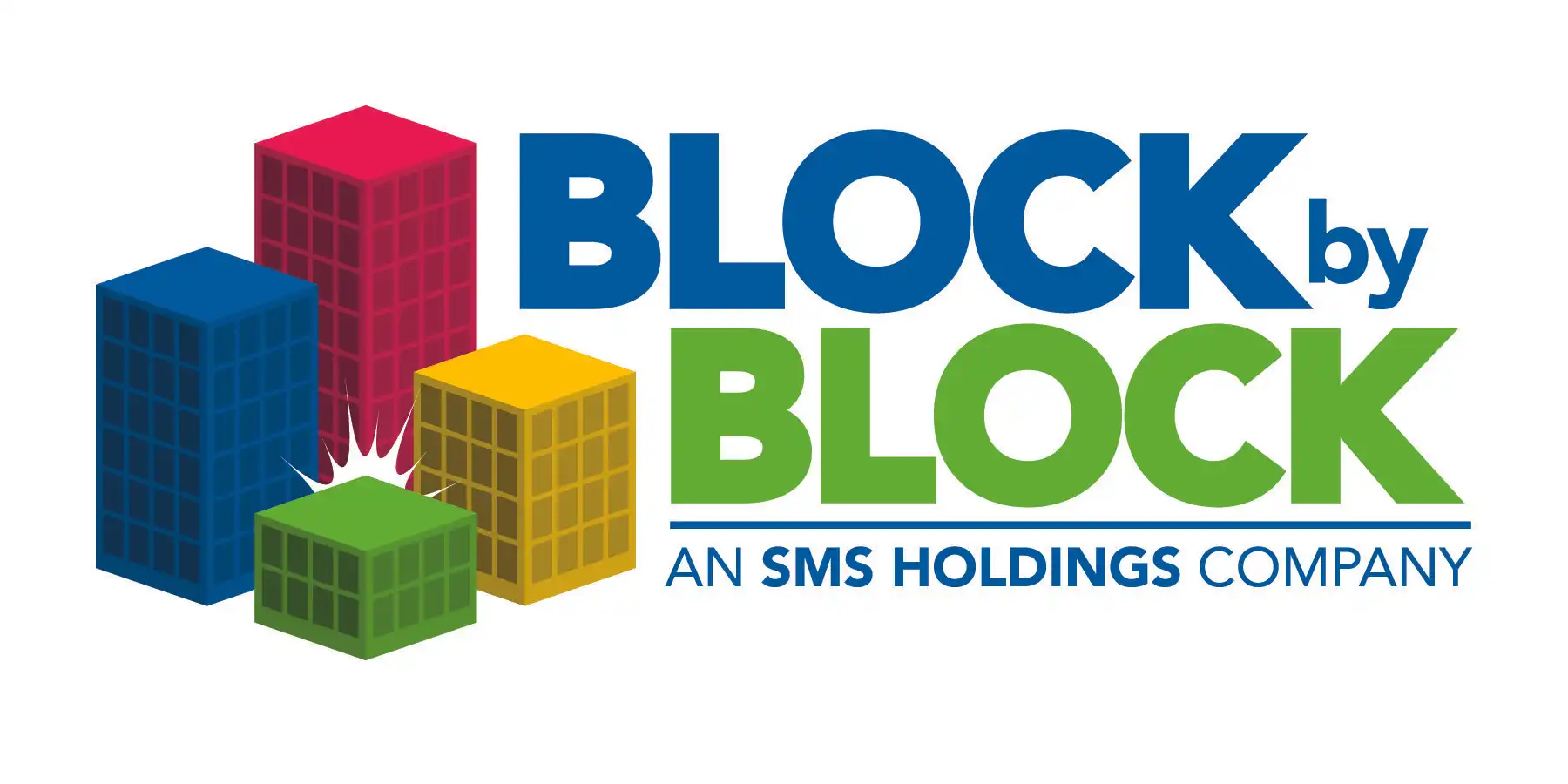UH researchers investigate nearshore water quality, reef health after Maui wildfires

A team of researchers from the University of Hawaiʻi at Mānoa are sampling West Maui reefs to assess the impact of the toxic ash from the devastating and deadly Lāhainā wildfire.
The UH team is working collaboratively with the community and experts from Maui County, the state Hawaiʻi and the federal government to identify any contaminants and assess their abundance. The goal is to determine if those pollutants will alter the ecosystem and affect its resilience in the future.
The team was awarded a rapid response grant from the National Science Foundation to study the immediate impacts from pollutants caused by the fire.
“We are measuring a number of water quality parameters, but importantly, we are connecting water quality to metrics of reef health to understand how the ecosystem may respond to potential wildfire stressors,” said team lead Andrea Kealoha, a new faculty member with the UH-Mānoa School of Ocean and Earth Science and Technology Department of Oceanography.
Kealoha lives on Maui and previously led the Water Quality Lab at UH-Maui College. She assembled a team of School of Ocean and Earth Science and Technology experts, including Craig Nelson with the Center for Microbial Oceanography: Research and Education, Eileen Nalley with the University of Hawai‘i Sea Grant College Program and Nick Hawco with the Department of Oceanography.

The testing will identify pollutants such as copper, lead and organic contaminants associated with burned materials, particularly wood and plastics.
More than 2,200 structures were destroyed by the Lāhainā Fire including gas stations, power lines and numerous boats in the Lāhainā harbor. The adjacent coral reef ecosystems possibly impacted by the fire support subsistence, recreational and commercial fishing, particularly for the large Native Hawaiian population.
The team is planning multiple sampling campaigns throughout the next year to document reef health and contaminant loads. While the National Science Foundation grant focuses primarily on water quality and reef health, the team is also working to address specific community concerns about the potential accumulation of contaminants in reef fish.
As islanders with deep cultural and economic ties to the marine environment, there is virtually no separation between human health, ecosystem health and the health of the nearshore marine resources that people rely on for subsistence, recreation and commercial fishing.
“We’re preparing for the first big rains this winter,” said Hawco, who was involved in a rapid response effort to the 2018 Thomas Fire in Southern California. “That’s when we expect much of the burned soils, ash, metals and contaminants to reach the ocean and have the biggest impact on the reefs.”
The needs of the community and providing answers to critical questions about the future health of the environment and community are the top priority for the researchers and their collaborators.
“Collaborations are key with this effort,” Kealoha said. “There is no person, organization or agency with all the expertise and resources to address these questions. We will continue to engage and communicate with partners in West Maui to ensure that knowledge from the community plays a role in guiding these research efforts.”
There are numerous partners and collaborators on this project, including the Hawaiʻi Department of Land and Natural Resources, the West Maui Watershed and Coastal Management program, the Hawai‘i Department of Health, the UH-Maui College Water Quality Lab, Hui o Ka Wai Ola, the Pacific Whale Foundation and Lāhainā community members.








